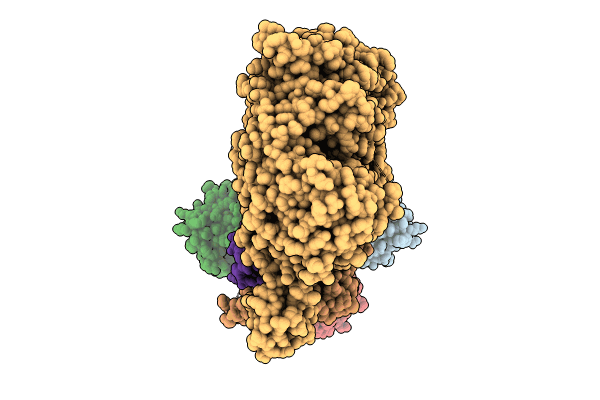
Deposition Date
2024-04-09
Release Date
2024-11-13
Last Version Date
2024-12-25
Entry Detail
PDB ID:
9EY1
Keywords:
Title:
Human mitochondrial RNase Z with tRNA-His precursor
Biological Source:
Source Organism:
Homo sapiens (Taxon ID: 9606)
Host Organism:
Method Details:
Experimental Method:
Resolution:
2.90 Å
Aggregation State:
PARTICLE
Reconstruction Method:
SINGLE PARTICLE


